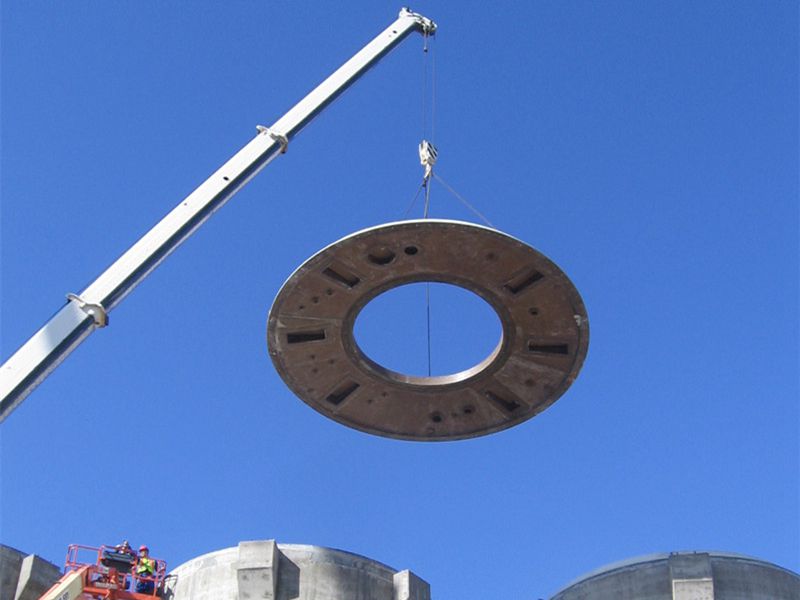
-
 Afrikaans
Afrikaans -
 Albanian
Albanian -
 Amharic
Amharic -
 Arabic
Arabic -
 Armenian
Armenian -
 Azerbaijani
Azerbaijani -
 Basque
Basque -
 Belarusian
Belarusian -
 Bengali
Bengali -
 Bosnian
Bosnian -
 Bulgarian
Bulgarian -
 Catalan
Catalan -
 Cebuano
Cebuano -
 China
China -
 China (Taiwan)
China (Taiwan) -
 Corsican
Corsican -
 Croatian
Croatian -
 Czech
Czech -
 Danish
Danish -
 Dutch
Dutch -
 English
English -
 Esperanto
Esperanto -
 Estonian
Estonian -
 Finnish
Finnish -
 French
French -
 Frisian
Frisian -
 Galician
Galician -
 Georgian
Georgian -
 German
German -
 Greek
Greek -
 Gujarati
Gujarati -
 Haitian Creole
Haitian Creole -
 hausa
hausa -
 hawaiian
hawaiian -
 Hebrew
Hebrew -
 Hindi
Hindi -
 Miao
Miao -
 Hungarian
Hungarian -
 Icelandic
Icelandic -
 igbo
igbo -
 Indonesian
Indonesian -
 irish
irish -
 Italian
Italian -
 Japanese
Japanese -
 Javanese
Javanese -
 Kannada
Kannada -
 kazakh
kazakh -
 Khmer
Khmer -
 Rwandese
Rwandese -
 Korean
Korean -
 Kurdish
Kurdish -
 Kyrgyz
Kyrgyz -
 Lao
Lao -
 Latin
Latin -
 Latvian
Latvian -
 Lithuanian
Lithuanian -
 Luxembourgish
Luxembourgish -
 Macedonian
Macedonian -
 Malgashi
Malgashi -
 Malay
Malay -
 Malayalam
Malayalam -
 Maltese
Maltese -
 Maori
Maori -
 Marathi
Marathi -
 Mongolian
Mongolian -
 Myanmar
Myanmar -
 Nepali
Nepali -
 Norwegian
Norwegian -
 Norwegian
Norwegian -
 Occitan
Occitan -
 Pashto
Pashto -
 Persian
Persian -
 Polish
Polish -
 Portuguese
Portuguese -
 Punjabi
Punjabi -
 Romanian
Romanian -
 Russian
Russian -
 Samoan
Samoan -
 Scottish Gaelic
Scottish Gaelic -
 Serbian
Serbian -
 Sesotho
Sesotho -
 Shona
Shona -
 Sindhi
Sindhi -
 Sinhala
Sinhala -
 Slovak
Slovak -
 Slovenian
Slovenian -
 Somali
Somali -
 Spanish
Spanish -
 Sundanese
Sundanese -
 Swahili
Swahili -
 Swedish
Swedish -
 Tagalog
Tagalog -
 Tajik
Tajik -
 Tamil
Tamil -
 Tatar
Tatar -
 Telugu
Telugu -
 Thai
Thai -
 Turkish
Turkish -
 Turkmen
Turkmen -
 Ukrainian
Ukrainian -
 Urdu
Urdu -
 Uighur
Uighur -
 Uzbek
Uzbek -
 Vietnamese
Vietnamese -
 Welsh
Welsh -
 Bantu
Bantu -
 Yiddish
Yiddish -
 Yoruba
Yoruba -
 Zulu
Zulu
frp sand pipe
The Role of FRP Sand Pipes in Modern Infrastructure
Fibre Reinforced Polymer (FRP) sand pipes have emerged as a significant innovation in the field of civil engineering and construction. These pipes, made from a composite material that includes a polymer matrix reinforced with fibres, offer unparalleled advantages over traditional material options such as concrete and steel. Their unique properties make them ideal for a variety of applications, particularly in environments where corrosion resistance and lightweight characteristics are paramount.
The Role of FRP Sand Pipes in Modern Infrastructure
Additionally, the lightweight nature of FRP sand pipes simplifies the installation process. Unlike heavier materials that require cranes and heavy machinery for transportation and fitting, FRP pipes can be handled more easily. This translates to reduced labor costs and faster installation times, which can be particularly beneficial in projects with tight deadlines. The ease of installation also makes FRP sand pipes a preferred choice in remote locations where access to heavy equipment is limited.
frp sand pipe

Moreover, the versatility of FRP sand pipes is worth noting. They can be manufactured in various sizes and shapes, tailored to meet specific project demands. Whether it’s for drainage systems, water supply, or even industrial applications involving sand transport, FRP pipes can be customized to fit the needs of the project. This adaptability not only enhances their utility but also contributes to more efficient designs in modern infrastructure.
Environmental considerations also play a crucial role in the growing popularity of FRP sand pipes. With increasing awareness about sustainability, the construction industry is shifting towards greener alternatives. FRP materials can often be produced with lower energy inputs and have a lesser environmental impact compared to traditional materials. Additionally, their longevity contributes to sustainability by reducing waste.
In conclusion, FRP sand pipes represent a forward-thinking solution to the challenges faced by modern infrastructure projects. Their corrosion resistance, lightweight properties, versatility, and environmental benefits position them as a reliable alternative to traditional piping materials. As the demand for efficient and sustainable construction methods continues to rise, it is clear that FRP sand pipes will play a pivotal role in shaping the future of the industry.









